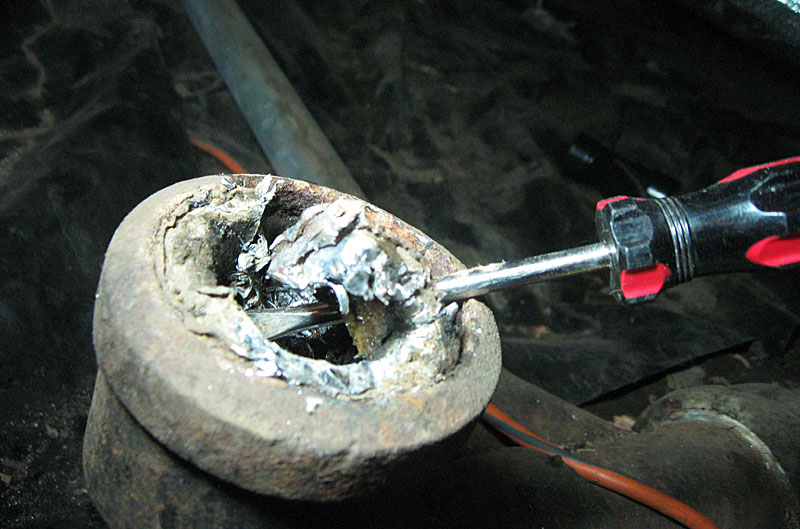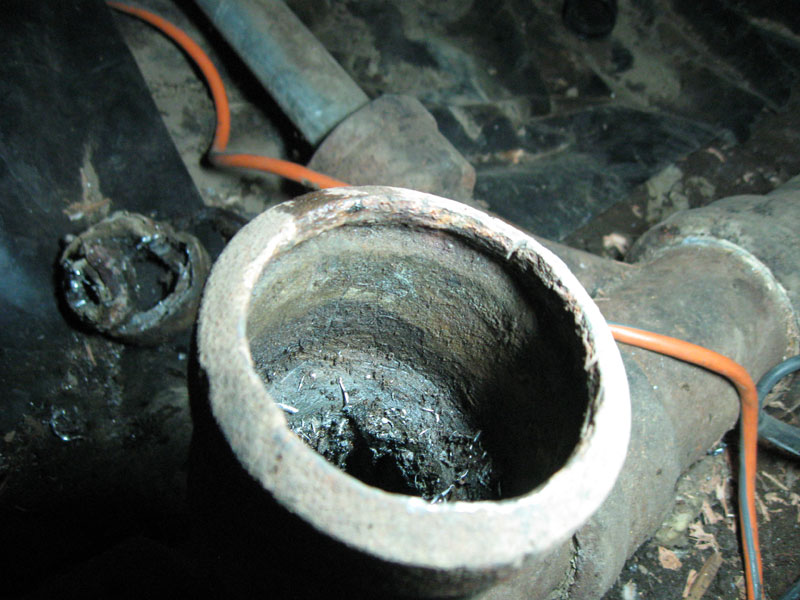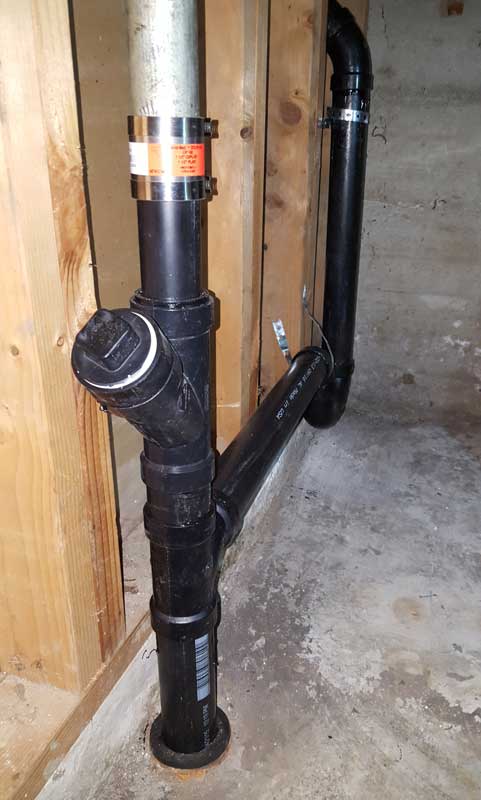K9mlxj
Member
In my garage it has the old 1 1/2" drain pipe for the washing machine. I put in a lint trap a while back and once there was a small amount of lint water would spill out from the 1 1/2" stand pipe.
I don't think washing machines have lint trap nowadays?
I am thinking about changing the laundry drain pipe size to 2".

I think I'd need to make a cut along the concrete floor to replace the underground drain pipe to 2".
Looking at the existing laundry drain piping it seems to branch out from the main sewage line where it's close to (about 16") the cleanout in the garage.

Would I need to replace the cleanout as well if I were to replace the underground branch from the main line to 2"? Or the branch is far enough (16") so there's enough spacing away from the CI cleanout when putting the ABS branch for the new 2" drain?
I can keep the existing 1" size vent pipe, or I'd need to change out the vent pipe size to 1 1/2" all the way up to the roof?
I don't think washing machines have lint trap nowadays?
I am thinking about changing the laundry drain pipe size to 2".
I think I'd need to make a cut along the concrete floor to replace the underground drain pipe to 2".
Looking at the existing laundry drain piping it seems to branch out from the main sewage line where it's close to (about 16") the cleanout in the garage.
Would I need to replace the cleanout as well if I were to replace the underground branch from the main line to 2"? Or the branch is far enough (16") so there's enough spacing away from the CI cleanout when putting the ABS branch for the new 2" drain?
I can keep the existing 1" size vent pipe, or I'd need to change out the vent pipe size to 1 1/2" all the way up to the roof?
Last edited:



